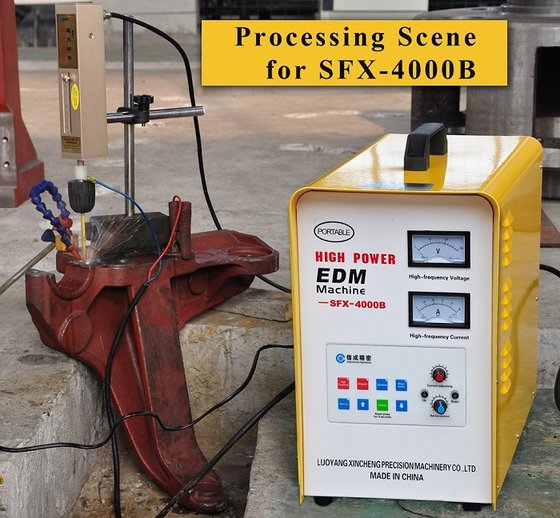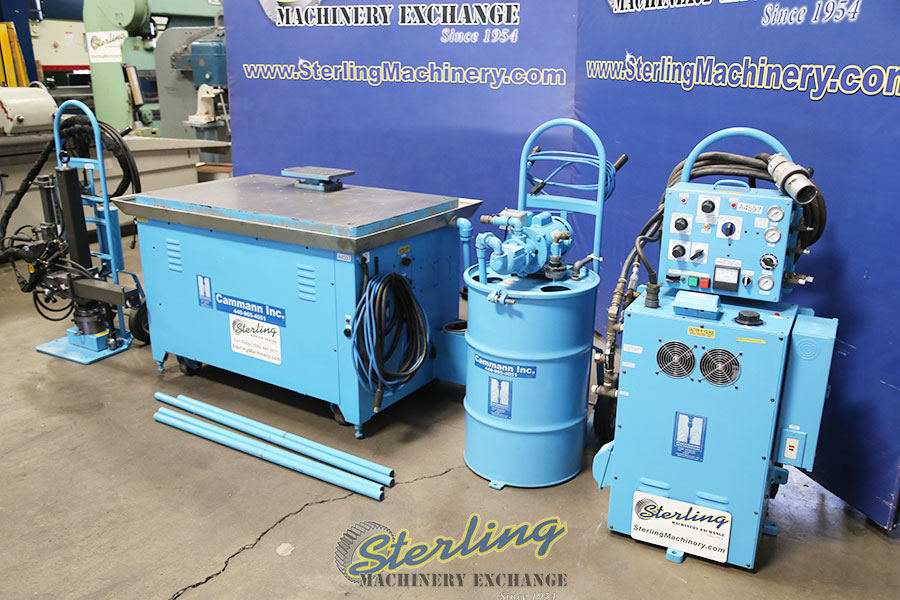

The use of an unbalanced vibrator provides the KID with certain specific features as compared to, for example, eccentric crushers. Rotation of the unbalanced vibrator generates a centrifugal force, forcing the inner cone to perform gyratory motion on a spherical support and acquire an own centrifugal force that depends on the amplitude. This method is implemented in vibratory crushing and grinding machines of various types, which include inertia cone crushers and vibrating mills. The scientific approach to the problem of the destruction of rocks as solids possessing a multiphase structure allowed Mekhanobr to develop a vibratory disintegration method based on the heterogeneous nature of materials, in particular their structural microdefects, and on the impact generated using combined vibration and pulse compression with a simultaneous shear. Initial research phase on vibratory disintegration of metal chipsįor the purpose of the research, Mekhanobr-Tekhnika REC developed a special vibratory disintegration process flow diagram that includes crushing of the initial chips to the particle size of less than 5 mm in a high-speed impact rotary disintegrator with their subsequent machining in a vibrating inertial cone crusher (KID) and further grinding in a vibratory grinding machine to the particle size of less than 0.125 mm. In addition, certain consideration is given to the search for methods to establish physical and mechanical properties of metal chips that would enable indirect identification of the hardness, elasticity and destructibility of any metal.Ģ. This article discusses certain intermediate results of the research aimed at studying the specific features of grinding metal chips of high alloys to obtain powders with the particle size of less than 125 μm. Moreover, ball milling itself is generally highly energy-intensive, time-consuming and inefficient.

In these conditions, random destruction of the crystal blocks is observed, which depends little on the defects in their structure. In almost all traditional devices used in the world, the load application is concentrated, and the application area and magnitude are random. Mechanical grinding of the feed material in vibrating or rotating ball mills is the most widely applied method for production powder. High-alloyed waste may be recycled into high-grade powders, bypassing the pyrometallurgical processing, with significantly less resources, while generating several orders lower air emissions and less toxic waste as compared to the traditional processes used for obtaining such powders out of mineral raw materials. The advantage of such wastes is due to the composition of the initial alloys used for manufacturing the parts: they possess the required physical properties and correspond to all technical regulations of the priority industries. It is now possible to reuse the waste generated in metalworking of aviation and aerospace parts. With the increasing demand for additive manufacturing, the market for raw materials used in the manufacture of metal powders directly applied in 3D printing is also growing. The regularities between the time spent on crushing metal shavings and power consumption during crushing are determined, which allows to detect the close relationship between energy consumption parameters and the physicomechanical properties of the chip, which makes it possible in the future to carry out a more detailed correlation of its physical and mechanical properties during disintegration. For the first time, the dependences of the main indicators of vibratory grinding of metal shavings on the degree of its mechanical processing were established, which made it possible to determine the specific energy consumption for the production of the required size classes.


The report demonstrates the possibility of grinding metal waste generated in metalworking production on the example of iron-nickel and steel chips and of subsequent production of metal powders for additive manufacturing using the vibratory disintegration method. The history of application of vibratory devices for the processing of metal waste is considered.


 0 kommentar(er)
0 kommentar(er)
